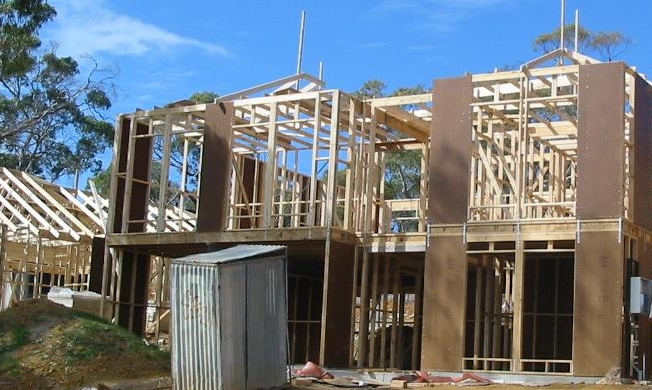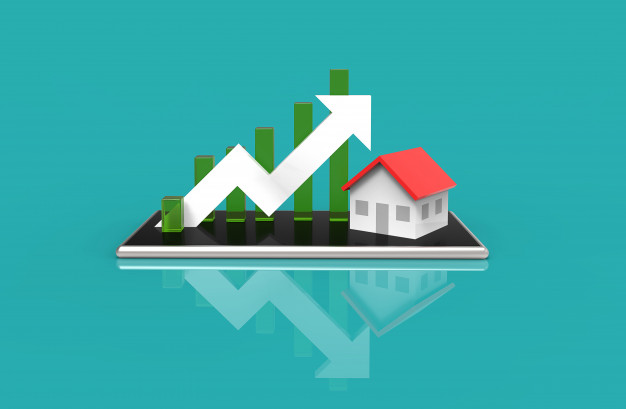
In almost all the markets, prices of residential real estate have appreciated in the last one year and real estate continues to be one of the most vibrant and profitable avenues to invest.
Real estate continues to be one of the most vibrant and profitable avenues to invest in the country. Anuj Puri, the chairman and country head of global consultancy firm Jones Lang LaSalle India, says that investment in residential projects is currently the preferred route for investors, since the demand for homes in the metros and Tier II cities is virtually limitless. Commercial and retail spaces also present potentially lucrative investment propositions, especially in the larger cities, he says.
Belying the general perception of slowdown in the sector and economy, realty consultancy firm DTZ in a report says that India has seen a commercial investment transaction swell by over 600% in the fourth quarter (October-December 2011), as against the third quarter. In almost all the markets, prices of residential real estate have appreciated in the last one year. Industry experts feel that the demand for residential units is likely to continue in the future as well.
However, the investors should focus on buying houses close to a work place where the rental income will be high. This will also reduce the repayment burden. Anuj Puri says: “In residential realty, the focus should be on properties that have potential for assured rental yields and capital appreciation. This includes residential projects close to workplace catchments, industrial hubs and locations with high aspirational value.
Tier I cities like Mumbai and Delhi, and Tier II cities like Bangalore, Pune and Chennai are seeing the highest demand from investors.” In broad terms, Puri says that the configurations in greatest demand are 1-and 2BHK flats in the central areas, as well as the suburbs, while 3BHK flats in good township-projects on the outskirts are also a good option. Pankaj Bajaj, the president of CREDAI NCR, says one cannot predict short-term fluctuations in property prices, just as it is difficult to predict exchange rates or interest rates.
But if the investor’s horizon is more than, say three years, Bajaj says it is a great time to invest in property. Many Tier I & II cities are seeing infrastructure creation and upgradation on the outskirts. “One can choose one’s preferred location based on job opportunities, local ambience and availability of infrastructure. Thereafter, it is a question of choosing the right developer and the right product. With the slowdown in real estate and high interest rates, if you can put money on the table you can strike bargain deals with trustworthy developers.
To get more information & assistance, please submit the form below and our specialist will get in touch with you at the earliest.








